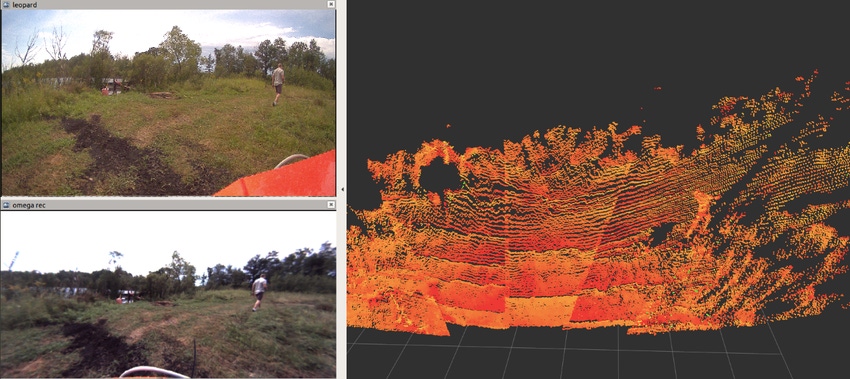September 30, 2021

By Darcy Cook, General Manager and VP of Engineering, JCA Technologies
There has been a recent rapid increase in the media attention of autonomous agricultural machines. This can be seen through more new product launches, increased articles on the subject, and recent high-profile acquisitions of autonomous technology companies by full-line OEMs.
To many this looks like it is coming out of the blue, but the momentum in autonomous technology has been growing for a long time, with much of it happening behind the scenes. What is revealed to the public is just the tip of the iceberg of what is really going on in the industry as many OEMs have been working on development of autonomous machine platforms in secrecy for years.
At JCA Technologies we have been working on autonomous machine applications with OEMs since 2016, and on advanced machine control systems well before that. This has allowed us to have a unique insight into the industry as we see what is behind the scenes with OEM applications, as well evolve our Autonomous Framework Technologies (AFW) to lead the way towards scalable autonomous agricultural machine solutions. Through this experience we have seen what autonomy looks like across different machine applications and have come to realize some emerging trends that will fundamentally change the agricultural industry. These are:
· More self-propelled machines – Autonomy brings the possibility for closer integration of the power platform and the tool. While these have been separated in agriculture with the tractor and the implement, autonomy brings the potential for smaller machines with less costly drivetrains, and optimization of the machine performance with integrated systems. The implications of this are huge, as this brings opportunity for increased independence to implement manufacturers, which will have a ripple effect through the entire industry.
· Shift of focus from machine function to workflow – Connectivity enables coordination across machines in new ways and provides ability to offer value across a workflow that involves multiple machines, rather than a focus on a single machine. This changes the focus for OEMs from machine design to workflow design and values the knowledge in the application over the ability to build mechanical machines.
· Changing service/support/business models – Software involved in deploying autonomous machines allows continued evolution of deployed machines. Machines are no longer static configurations, but rather living systems that require ability to update, upgrade, and support through the entire lifecycle. This drives a closer interaction between the OEM and the producer through higher-level technical support, delivering the reliability needed for agriculture. Supporting this change is causing a shift in business models that considers an on-going relationship with the producer over a one-time sale of equipment.
These trends mean that adopting autonomy is much more than the design of the machine, but includes an evolution of OEMs themselves. OEMs that have started down this path have realized this involves alignment with strong technology partners that can not only help develop and support the machine system, but can also help OEMs to build and adapt capabilities needed for deployment of scalable and supportable autonomous agricultural machines.
You May Also Like




